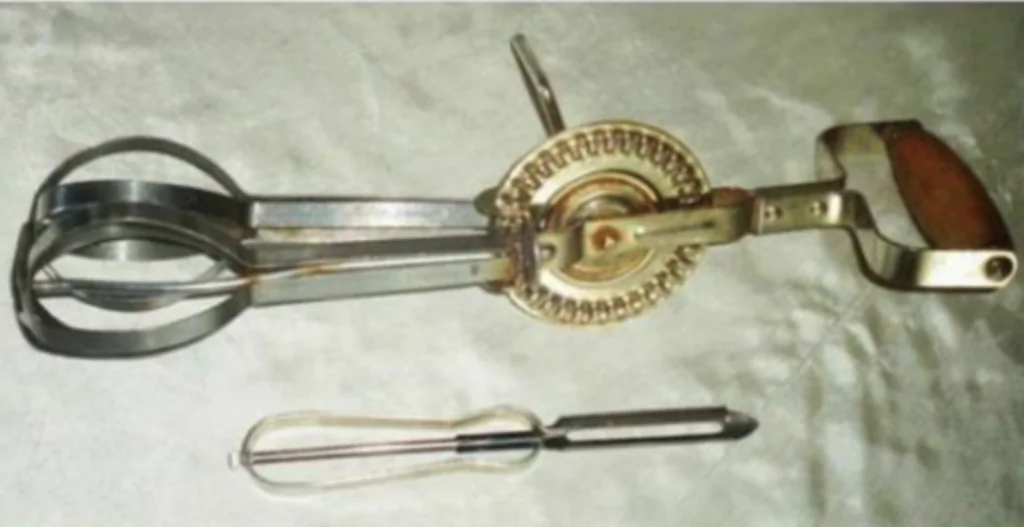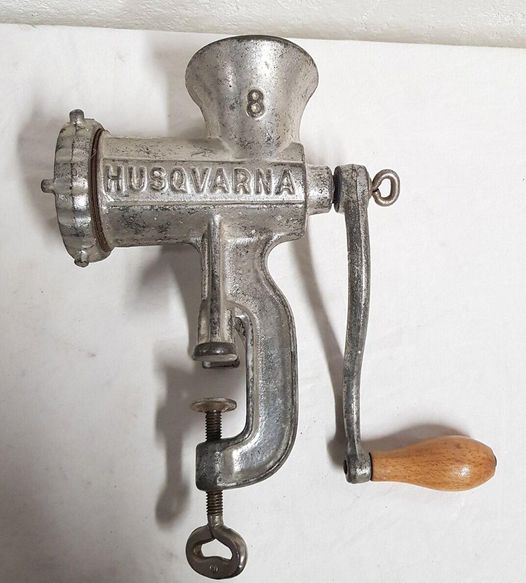A Journey Through Time: The History of Kitchen Tools
Have you ever stopped to think how the kitchen tools we rely on every day came to be? Today, let’s take a trip back in time to explore the fascinating history of one such essential appliance: the mixer.
The Early Days of Mixing
Our story begins in the mid-19th century when inventors across the globe were experimenting with ways to make the process of mixing ingredients easier and more efficient. In 1856, Ralph Collier, a tinner from Baltimore, patented the first mixer with rotating parts. Just a year later, E.P. Griffith introduced the whisk, a revolutionary tool for blending ingredients. The Monroe brothers, J.F. and E.P., also made their mark with their hand-turned rotary egg beater, which was granted a patent in the United States in 1859.

These early designs caught the attention of the Dover Stamping Company, who acquired the Monroe Brothers’ patent. The Dover egg beaters became a beloved American brand, known as the “Dover beater.” These beaters were held in such high regard that even a recipe from the Gazette newspaper of Cedar Rapids, IA in February 1929 featured the famous Dover beater in a delightful dessert recipe called “Hur-Mon Bavarian Cream.”
Enter the Electric Era
It wasn’t until 1885 that the first electric mixer made its debut, thanks to the ingenious mind of American inventor Rufus Eastman. However, it was the Hobart Manufacturing Company that truly revolutionized the industry with their large commercial mixers. In 1914, they introduced a groundbreaking new model that forever changed the landscape of mixers.
In the early 20th century, two notable American brands, the Hobart KitchenAid and the Sunbeam Mixmaster, became popular choices among consumers. But despite their popularity, domestic electric mixers were still a rarity in most households until the 1920s when they began to be widely adopted for home use.
The Stand Mixer: A Game Changer
In 1908, Herbert Johnston, an engineer for the Hobart Manufacturing Company, had a eureka moment while observing a baker mix bread dough with a metal spoon. He realized there had to be a better way and set out to create a mechanical counterpart to simplify the process.






